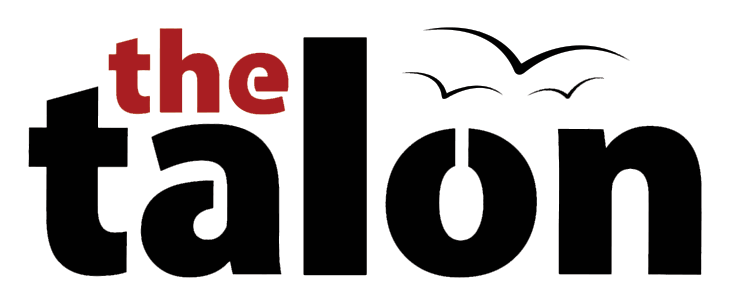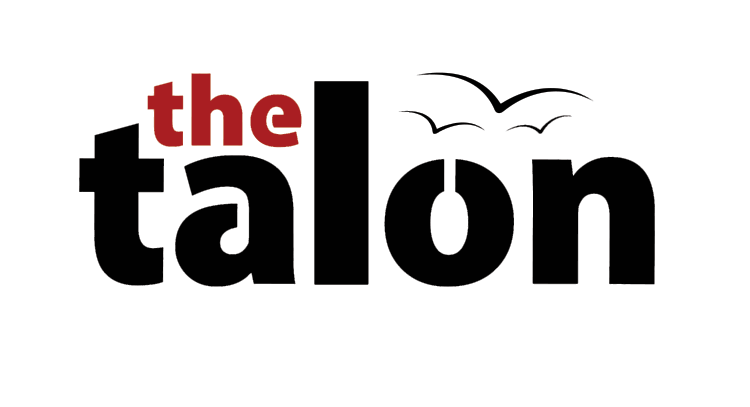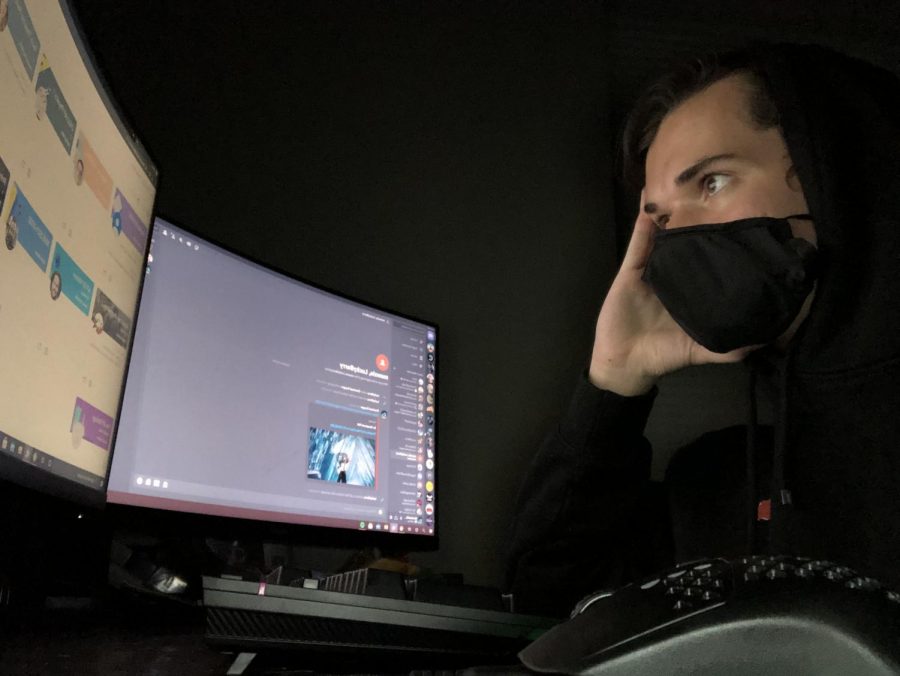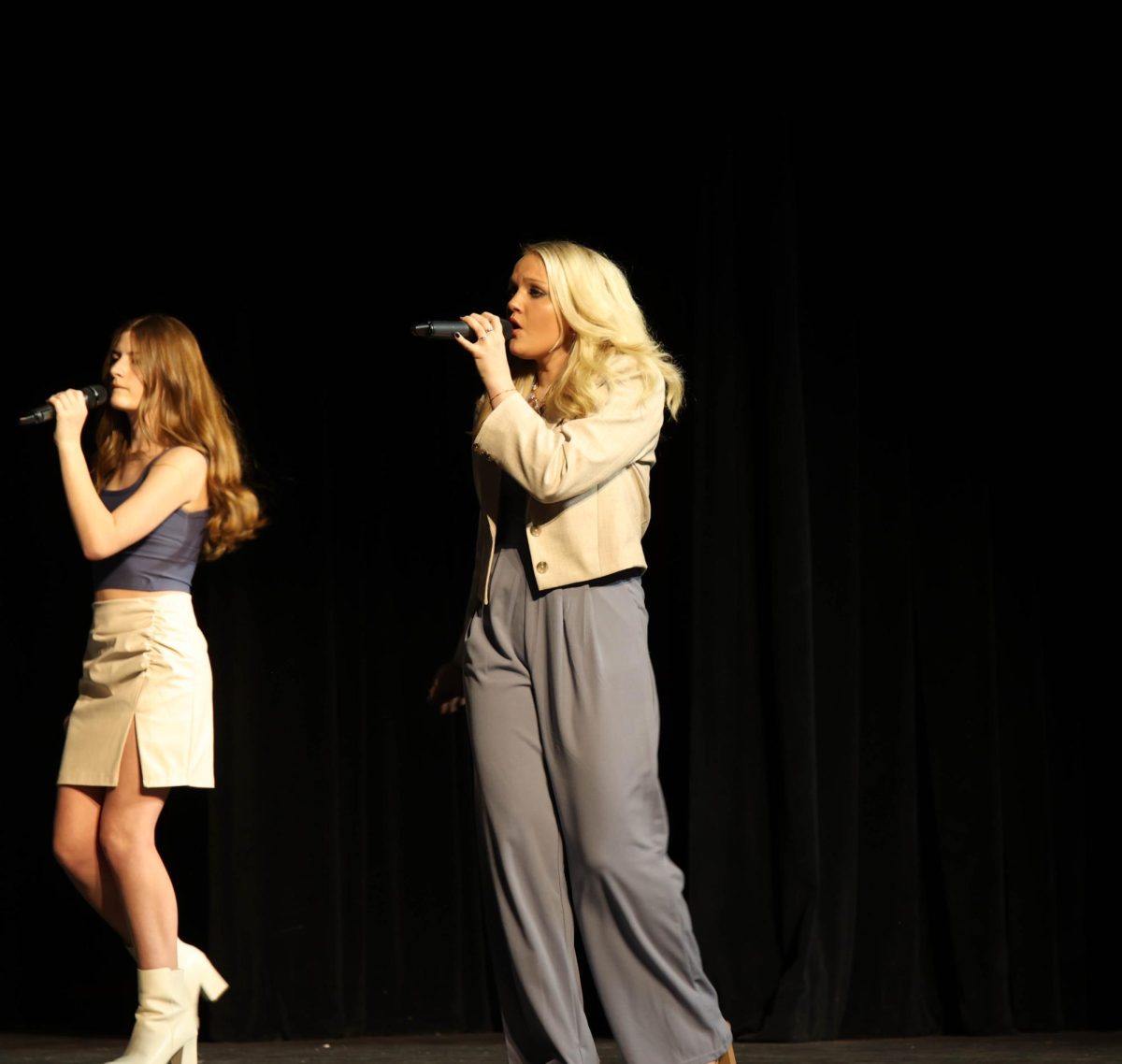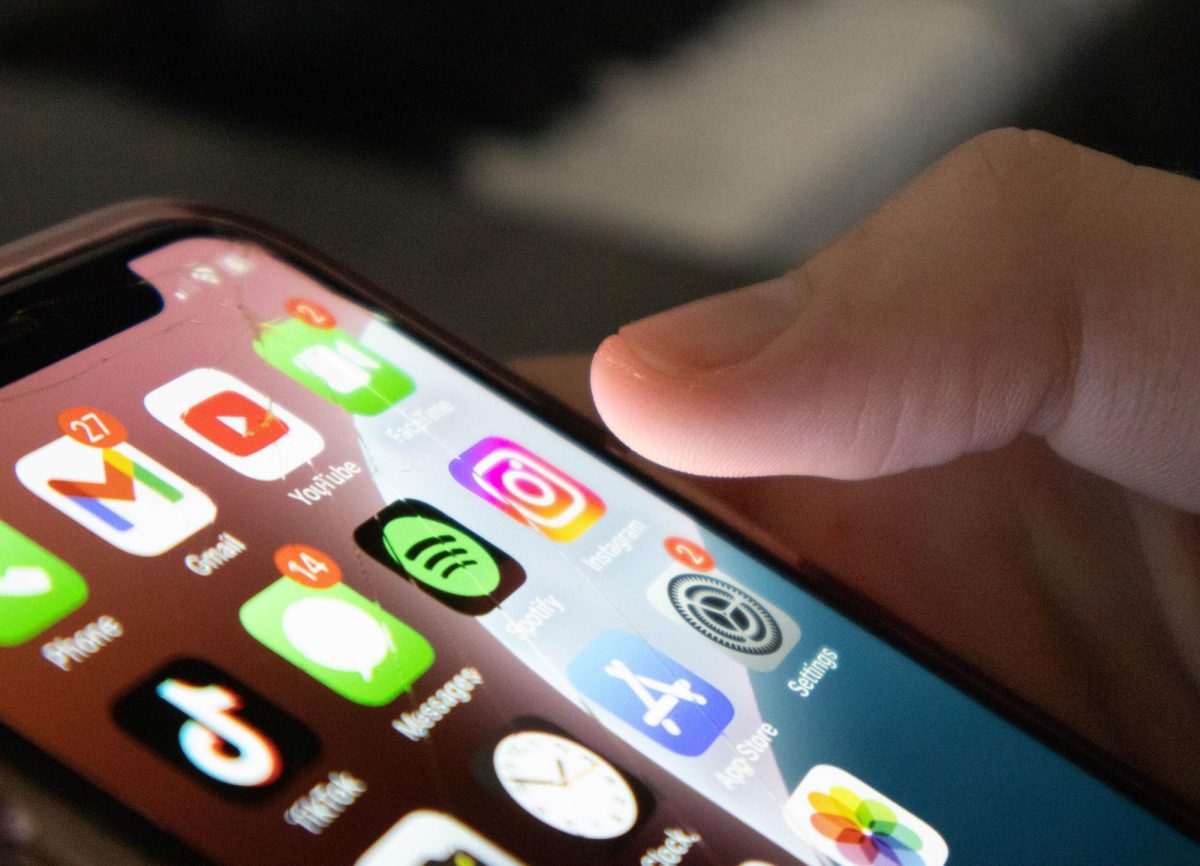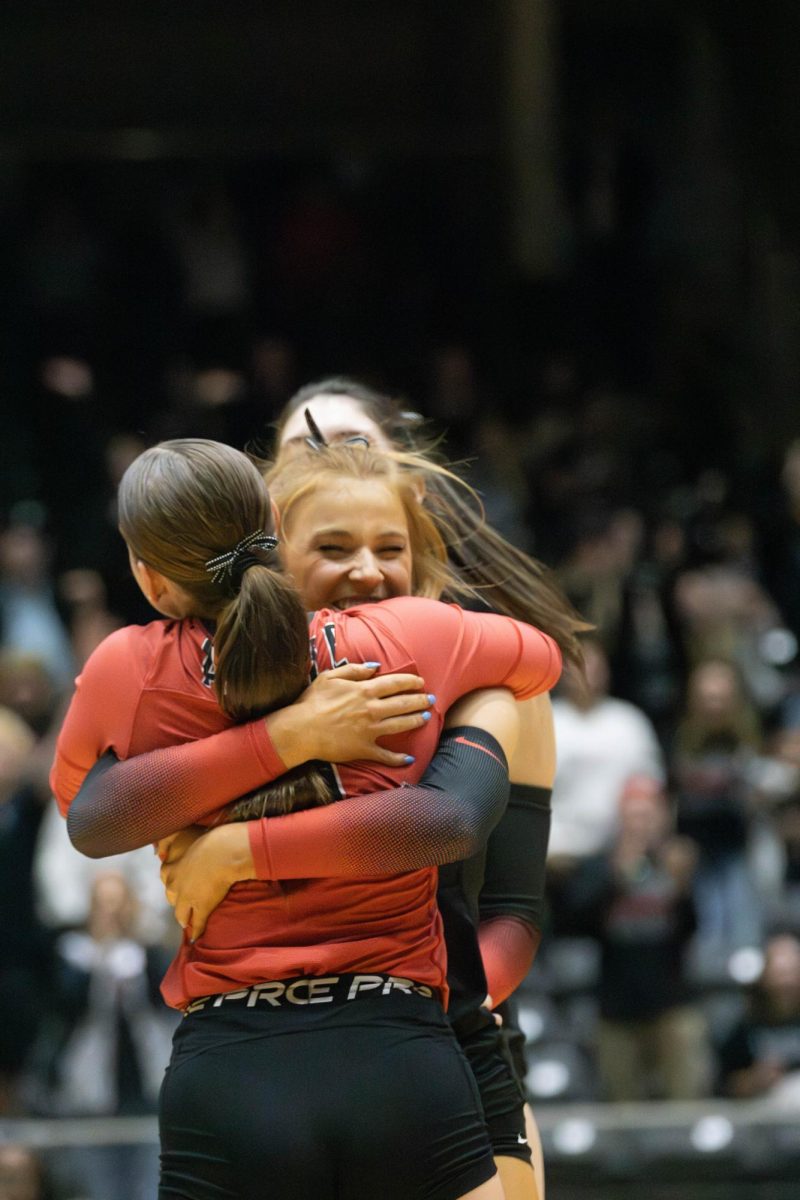Virtual Learning Vital for Students
©The Talon News | Owen
Students who are quarantined prefer to have a virtual option “so they do not fall behind”.
September 29, 2021
Coming into the new 2021-22 school year, issues of quarantining protocols, distance learning, and more have been of utmost concern for a variety of students, parents, and staff members. With COVID-19 cases appearing to be steadily on the rise following the statewide removal of the mask mandate coupled with the rapid emergence of newer, more detrimental strains and variants of the virus, students are now more likely to be forced into quarantine than in times prior. This issue at hand then raises a serious question regarding the protocols for the student quarantining process, that being, “Should students be given the opportunity to learn virtually from home when required?”
The school has already taken a stance on the matter, as teachers are seemingly prohibited from holding virtual meetings over applications such as Zoom, Webex, or Google Meets and from recording and uploading in-class lessons, lectures, and so on. However, this action can prove to be highly detrimental to students, their GPAs, the learning process, and so much more. The school should allow students to attend classes virtually if they are forced to stay home so as to best accommodate for the increase in the amount of exposures and cases overall.
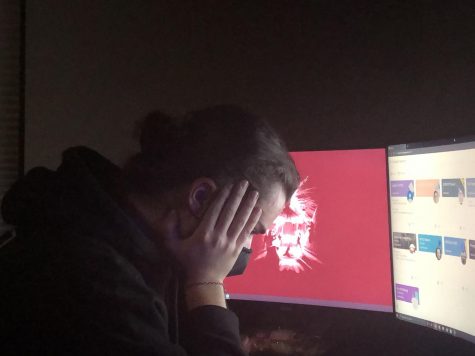
In its current state, learning from home is a struggle for many students as they essentially are forced to teach themselves based on what little information is posted to their classroom forums and streams. Without proper access to tutorials and the only way to receive explanations for work they may be struggling with being emails, students are more likely to see a drop in their performance in class and are more likely to fall behind in their classes. As of now, students are required to quarantine for ten days after testing positive and are highly encouraged to quarantine until receiving a negative test if exposed. To put that into perspective, that is around a week and a half to two weeks of missed school work. Outside of falling behind on a variety of homework assignments, students are also highly likely to miss out on exams, tutoring, and material required for future exams and projects. On top of this, students are only permitted up to eighteen absences within any given school year before being required to drop or retake classes, including college-level AP or Dual Credit classes, which are much more likely to be forced to remove students as a result of absences. When students are forced to miss classes, and spend over half of their absences in the first few weeks of classes starting, it clearly does not bode well for them, especially when the virus is appearing to be at its worst. This issue is out of students’ control and is proving to be incredibly harmful towards their GPAs, resumes, and overall educational experience.
While it is frequently assumed that virtual learning over applications such as Meets is more of a hassle, in most cases it actually generates significantly more stress for students and teachers alike when these options are not readily available. In addition to all of these issues created for students, quarantine can create a more challenging and stressful work environment for teachers as they have to continually issue retests, coordinate with students over email, and attempt to teach them outside of class to make sure they stay caught up. In contrast to this, all teachers really have to do to keep kids engaged and caught up from the comfort of their homes is turn on a Google Meet or Zoom call every class period and make sure the students attend. This way, students will not collect unnecessary absences, they will be able to engage and learn more effectively and efficiently, and they will be able to stay on top of their assignments and classes. This method of learning is quite clearly more simple and effective for all parties involved, and provides an overall net benefit to students and staff when faced with the challenges of today. This technology has proven itself useful before, and there is no true or clear drawback or downside to taking advantage of this technology that has been provided and utilized in situations prior.
When it comes to this year’s quarantine protocols, students who are forced to stay home from school for health related issues should be given the option to be educated from home. Realistically, the most logically sound course of action to combat the immense stress on both staff and students alike is to reinstate the option for virtual classes for students who are entirely unable to attend, similarly to last year, with the core difference being that students may only attend online classes if absolutely necessary. This will allow students to learn and retain information better when outside of the classroom and allow teachers to assist these students at reasonable times of the day, leading to a collectively more beneficial and productive work environment.
